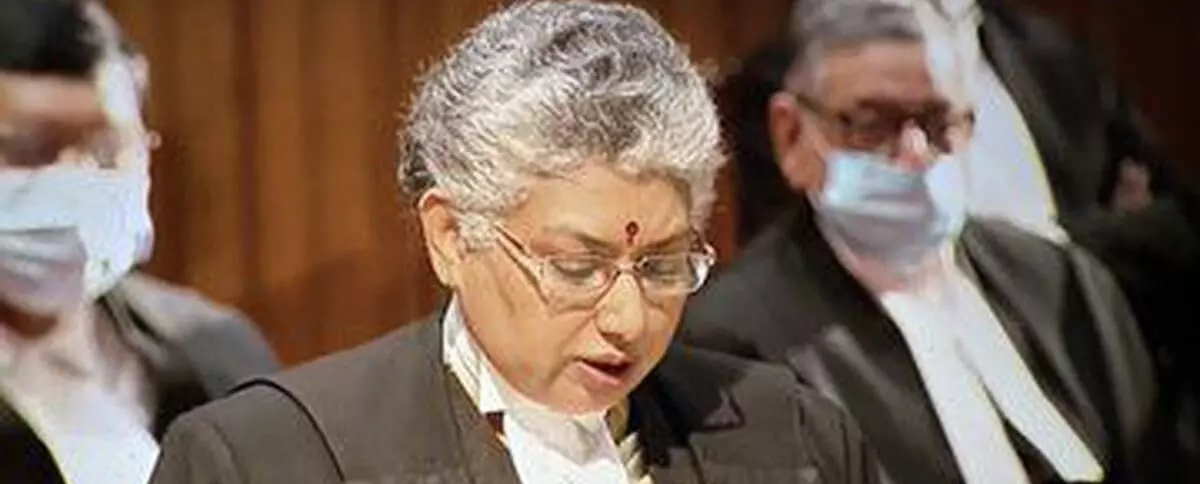
Justice BV Nagarathna says demonetisation was way of changing black money into white
text_fieldsHyderabad: Justice BV Nagarathna of the Supreme Court stated on Saturday that the demonetisation of high-denomination currency notes on November 8, 2016, was a means of turning black money into white, according to Bar and Bench.
“We all know what happened on November 8, 2016, when Rs 500 and Rs 1000 notes were demonetised,” Nagarathna said at the Courts and the Constitution annual conference at a law university in Hyderabad. “The interesting aspect is that in the Indian economy at that time, Rs 500 and Rs 1000 notes comprised 86% of the currency, which the central government lost sight of while demonetising the currency notes.”
According to Nagarathna, a daily wage worker who started work the day before the announcement of demonetisation and ended up with a Rs 500 or Rs 1000 note at the end of the day needed to convert that note before purchasing daily necessities, Scroll.in reported.
On November 7, 2016, at 8:00 p.m., Prime Minister Narendra Modi made the announcement, which went into effect at midnight. The Bharatiya Janata Party administration had claimed at the time that the programme would remove black money from circulation.
98.96% of the currency notes that were demonetised had been deposited with banks, according to a report released by the Reserve Bank of India in August 2017. Arun Jaitley, the Union finance minister at the time, had said: “That people have been compelled to deposit even black money into banks is itself a good evidence of its [success].”
The judge questioned the purpose of the demonetisation process on Saturday, given that 98% of the money was now again in circulation.
“So, where are we in black money eradication,” she asked. “So I thought [at the time] it was a good way of making black money white money, of unaccounted cash entering the system. What happened with regard to income tax proceedings thereafter, we do not know. So this common man’s predicament really stirred me and I had to dissent.”
In a 4:1 Supreme Court decision that upheld the demonetisation process in January 2023, Nagarathna was the dissenting judge.
Many elderly people had passed away while waiting in long lines to exchange their money. Millions of families were left without money, and many of them committed suicide as a result of not being able to convert their old notes into new ones.























